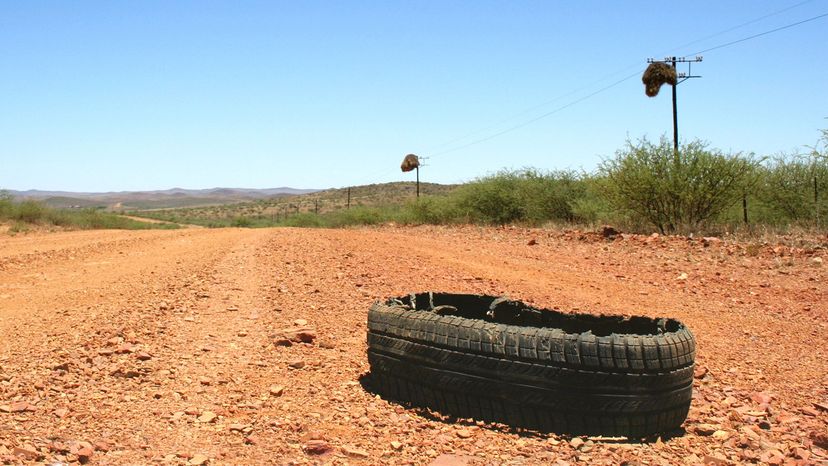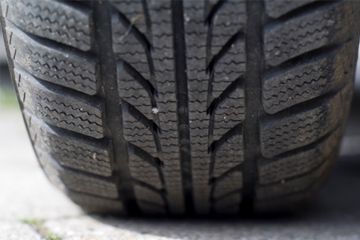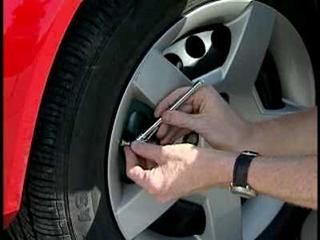
It's not unusual to see tire pieces littering the roadway on any given day, but during the summer, highways often look like veritable tire graveyards. From May to October the problem is so prevalent that it's actually known as "blowout season." There are simply a lot of things going on during that time of year that don't mesh well with tires that aren't well maintained.
"Driving on underinflated tires can cause tires to overheat and increase the likelihood of a blowout, especially when road temperatures are extremely high," Garrett Townsend, public affairs director for AAA, explained via email when we spoke to him in 2018.
Advertisement
Although blowouts due to underinflated tires can happen any time of year, it's the combination of heat and underinflation that makes tires especially prone to mishap during summer.
When a car is driving down a road, the sidewalls of the tires are flexing (bending, grabbing the asphalt), which creates heat. If the tire pressure is correct, then the heat created is minimal. But if the tire pressure is low, then the sidewalls have to do a lot more flexing, and create a lot more heat. Add in the summer sun and eventually the bonds in an under-inflated tire can break down and you have a blowout.
Tire blowouts are far more than just inconvenient. The National Highway Traffic Safety Administration (NHTSA) estimates that at least 11,000 tire-related crashes occur every year, with 664 fatalities in 2020. Not all of these were a result of blowouts, but certainly they contribute.
Here are some tips for avoiding underinflated tires, courtesy of AAA:
- Inflate your tires to the recommended setting outlined on the tire information placard found most often on the driver's doorjamb or in the vehicle's owner's manual.
- Check the tires monthly. Tires will typically lose up to 1 psi (pounds per square inch) per month, and pressure drops about 1 psi for every 10-degree Fahrenheit drop in air temperature.
- Buy a good tire gauge. It's also a good idea to buy a portable compressor that works off of your car's power outlet in case you need to pump up a tire. Compressors are available at many auto parts stores.
Often, a tire on the brink of the blowout can be spotted if you know what to look for. The NHTSA recommends that each tire be properly inflated and not sport any bulges, abrasions, cuts or damage caused by impact from hitting a pothole or a curb.
Also, it's best to check the tire pressure when the car is cold — meaning it hasn't been driven for three hours. If the car is warm, that can distort the reading on the tire gauge. Newer vehicles have a dashboard light that comes on to notify drivers when their tires are severely underinflated (25 percent below the safe level). But you shouldn't rely on that light only — your tires will be pretty low before you see that light. Check your tires regularly with a tire gauge.
If the unthinkable happens and you do find yourself in a blowout situation, it's critical to remain calm and follow a few guidelines. "Maintain a firm grip on the steering wheel and straight a course," Townsend explained, adding that you should stay off the brakes until the vehicle has coasted down to 25 miles (40 kilometers) per hour. Then, find a safe place to pull over off the road. "If possible, maintain 5 feet (1.5 meters) of clearance between you and the roadway," he said. Once you're safely off the road, put the car in park, engage the emergency flashers, and get everyone out of the car and into a safe spot before calling for assistance.
Advertisement


